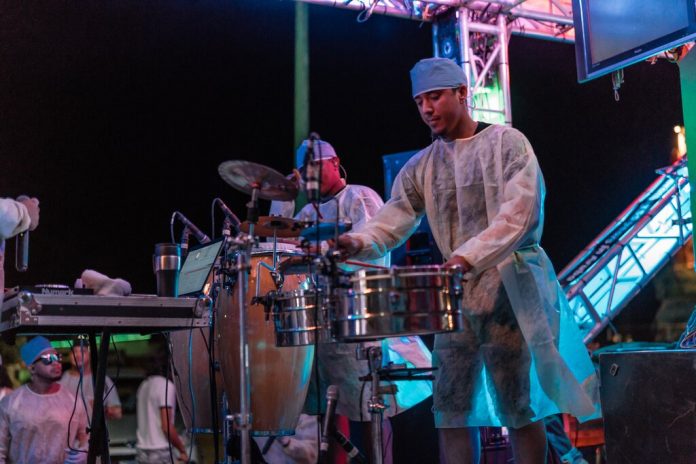(Oranjestad)—Last Saturday around 3am, while most people were probably sound asleep, the streets of San Nicolas came alive for its annual Jouvert Morning Parade, an essential and highly anticipated parade in every annual carnival season, and one that holds a special place in the hearts of locals, especially those living in San Nicolas.
The Jouvert Morning Parade, or just “Jouvay”, starts in the middle of the night, usually around 3am, and goes on until the break of dawn. Over the years, Jouvay has not only become a staple in the carnival season, but it has also become one of the few parades that hold a significant cultural meaning for the locals, especially those living in San Nicolas. Here is a quick history lesson on the origins of Jouvay and why it is beloved by many on the island.
The tradition of Jouvay, much like the tradition of carnival in general, has its roots in immigration. Immigrants from other Caribbean islands like Trinidad and Tobago brought this tradition to the streets of San Nicolas, where the community living there—mostly comprised of Afro-Caribbean immigrants due to the industrial boom in the district during the early 20th century—held these “jump-up” parties, complete with steel pan and calypso music.
As the story goes, Jouvay was started on St. Maarten street in San Nicolas, with people bringing home-made instruments like pans, buckets, milk tins etc. to play and dance on the street. Nowadays, people also refer to Jouvay as the pajama party parade, as people can just come and join wearing comfortable, regular clothes. Jouvay is the only parade in the carnival season where everyone is welcome to join the march and dance, accompanied by a either one or two bands performing Soca music.
Picture credits: Aruba.com




















